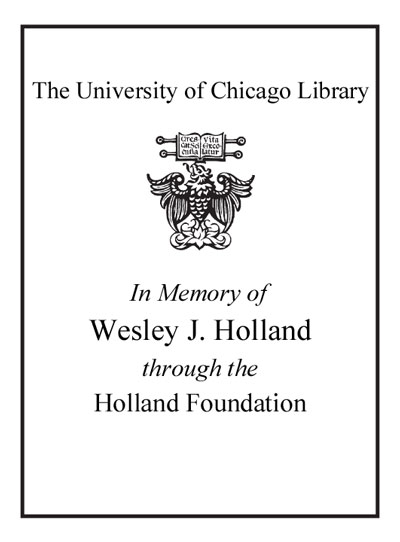Review by Choice Review
This scholarly monograph by two eminent professors, the late Barkai and Liviatan (both emeriti, Hebrew Univ. of Jerusalem, Israel) is the first of a two-volume set commissioned to commemorate the 50th anniversary of Israel's central bank, the Bank of Israel, founded in 1954. This first volume provides an overview, while the second deals with selected Israeli central banking topics. Although this work covers the evolution of central banking in Israel from the establishment of the state until 2004, it is not primarily descriptive. Rather, it is highly analytic and presumes reader familiarity with general macroeconomic and especially monetary theory at the cutting edge of the profession. The authors divide Israeli macroeconomic history into three eras. The first, 1954-70, is characterized by an essentially Keynesian view of macroeconomic policy. The second, 1970-85, entails "fiscal dominance," defined basically as monetary policy's subservience to the fiscal demands of the government. The third, "monetary dominance," 1985-2004, reverses the influence, with central bank independence and self-imposed fiscal restraint explaining the taming of inflation from around 400 percent to single-digit values. While there is room for disagreement with the authors' analysis and conclusions, this work sets a rigorous standard of analysis and will prove fertile ground for future discussion. Summing Up: Recommended. Graduate and research collections. J. Prager New York University
Copyright American Library Association, used with permission.
Review by Choice Review


